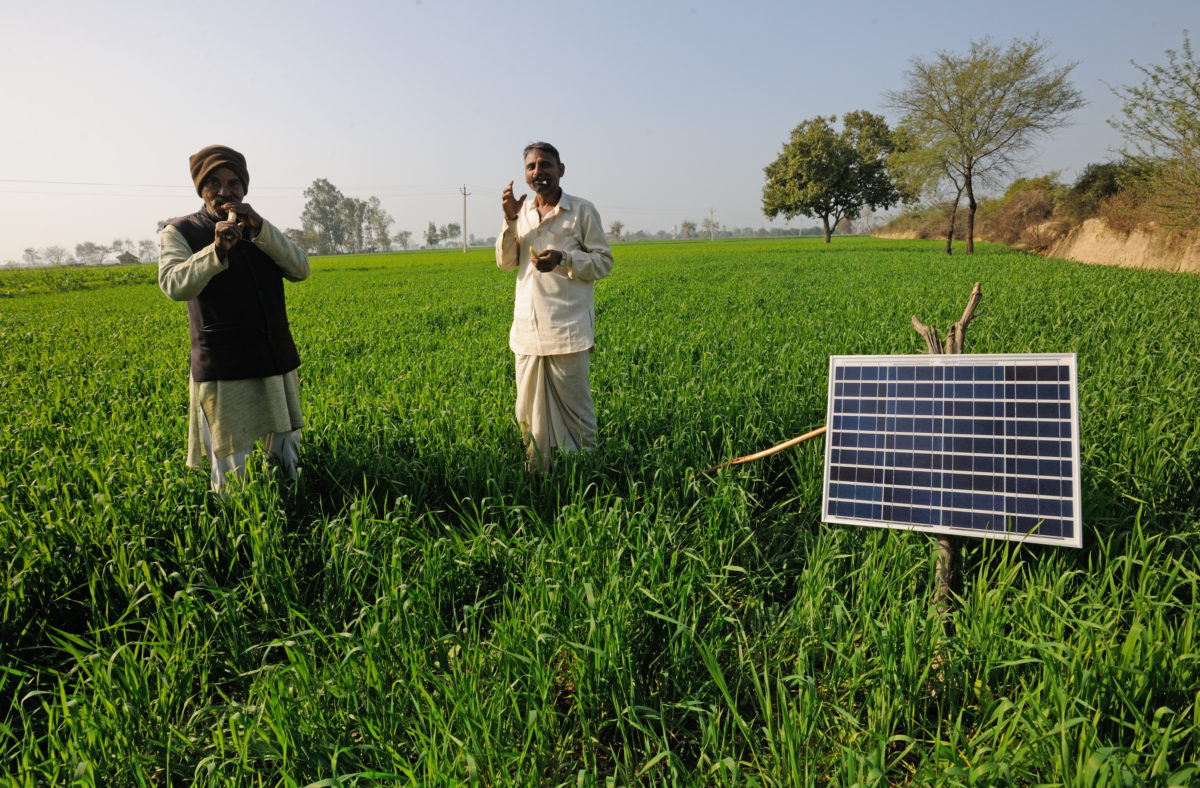The report, titled ‘Peering into the future – India and the solar standalone products market,’ was launched by GOGLA at India Distributed Energy Forum & Expo (IDEF)—a two-day event that discussed the role of distributed standalone solar solutions in providing universal access to sustainable energy.
GOGLA, together with International Finance Corporation (IFC), and Ashden India Collective, opened the conference to discuss the potential of the off-grid solar sector, which is expected to see significant growth over the next five years.
India represented over 30 per cent of the global sales of distributed standalone solar products in the first half of 2018. The private player driven market has been successful in advancing lanterns into the mainstream.
Highlighting the opportunity for India to emerge as an innovator, Koen Peters, GOGLA Executive Director, said, “India is a fascinating market for standalone solar products. If the government and industry can align their interests well, India may not just remain the single largest market country for standalone solar products but also establish itself as a strong innovator and potentially strengthen its role as global player.”
The forum explored the role that the standalone solar product sector can play in complementing the Government of India’s efforts in providing universal energy access to all citizens.
The report released looks into the government’s focus on the solar water pumping segment, which received a fillip in March 2018 with the announcement of the KUSUM Scheme wherein a key component is to set up 1.75 million off-grid solar pumps by 2022—nearly ten times the number of currently installed pumps.
Talking about trends and encouraging the innovators in the sector, Sarah Butler-Sloss, founder-director, Ashden, UK, said, “Internet of everything and big data analytics are creating a huge impact on the solar sector. We, with the help of our Indian arm – Ashden India Collective, are facilitating the solar entrepreneurs by providing technology insights and business model analytics to realise the optimum potential.”
On the partnerships involved in achieving universal energy access, Jun Zhang, IFC Country Head, said, “IFC has witnessed many innovative business solutions where women have emerged as important catalysts of the modern off-grid energy revolution—from saltpan workers of Gujarat desert who are switching to solar pumps from diesel to increase their income, to thousands of women who have turned into entrepreneurs and are bringing clean energy products to rural areas as part of our Lighting Asia/India program.”
A recent study undertaken by IFC’s Lighting Asia/India Program in partnership with d.light was also released at the conference. It analysed the impact of solar lanterns on rural households in Uttar Pradesh and Bihar and found that in addition to a reduction of the households’ dependency on kerosene for lighting by 75 per cent, the average time spent by children to study increased by one hour daily.
This content is protected by copyright and may not be reused. If you want to cooperate with us and would like to reuse some of our content, please contact: editors@pv-magazine.com.









By submitting this form you agree to pv magazine using your data for the purposes of publishing your comment.
Your personal data will only be disclosed or otherwise transmitted to third parties for the purposes of spam filtering or if this is necessary for technical maintenance of the website. Any other transfer to third parties will not take place unless this is justified on the basis of applicable data protection regulations or if pv magazine is legally obliged to do so.
You may revoke this consent at any time with effect for the future, in which case your personal data will be deleted immediately. Otherwise, your data will be deleted if pv magazine has processed your request or the purpose of data storage is fulfilled.
Further information on data privacy can be found in our Data Protection Policy.